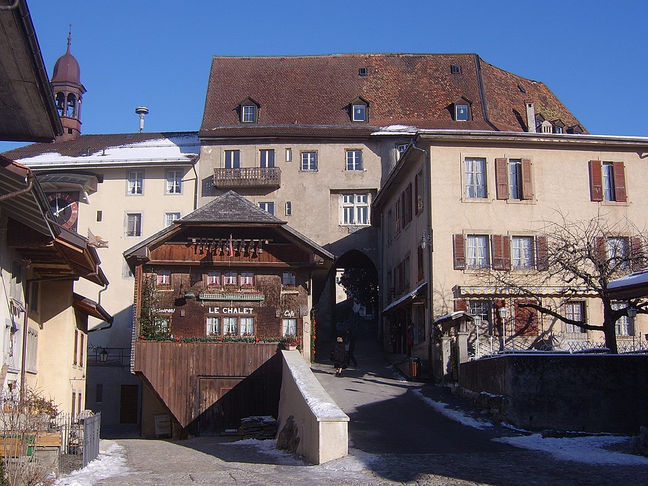
Geneva
Geneva Switzerland’s cosmopolitan and international city is nestled on the shores of Lake Geneva, close to the French border. A French speaking city, it is renowned for it's vibrancy and scenic lakeside splendour. It’s the home to the European headquarters of the United Nations and a number of multinational corporations and associations. The Red Cross was founded in here in 1865. And hundreds of years ago, the history of European religion was changed in Geneva during the Protestant Reformation.
Lake Geneva
One the biggest lakes in western Europe, with the backdrop of snow-covered Alps, brings awe-inspiring natural landscape to the city. A promenade was built around the shore in the mid-19th century, lined with trees, palatial houses and serene parks. During summer, the shores are packed with sun bathers, yachters, canoers and water skiers. Bring along your swimming gear and dive in.
Another way to experience Lake Geneva is cruising around the lovely lake, relax and enjoy all the scenic beauty of the lake. For a taste of lake travel of long ago, go for a cruise on one of the historic paddle steamers.
Jet d'Eau (Water Jet)
This water jet is the most famous landmark of Geneva, so remember to take a selfie there!
English Garden (Jardin Anglais )
The Jardin Anglais (“English Garden” literally) is a popular public garden for tourists it is a must-see when you visit Geneva. In this garden, you can also find the famous Flower Clock (“Horloge Fleurie”), one of the most photographed places in Geneva! It commemorates the watchmaking tradition of the city. In the Jardin Anglais, you will also find the National Monument (“Monument National”), which commemorates Geneva’s attachment to Switzerland in 1814.
Palace of Nations (Palais des Nations)
The Palace of Nations is the European headquarters of the United Nations,second largest after New York. It was built between 1929 and 1938 to serve as the headquarters of the League of Nations. Since 1946, it serves as the home of the United Nations Office when the Secretary-General of the United Nations signed a Headquarters Agreement with the Swiss authorities, although Switzerland did not become a member of the United Nations until 2002.
Broken Chair Sculpture
The Broken Chair sculpture, a giant 12-metre-high wooden chair with a torn foot, standing next to the United Nations headquarters in Nations Square. Sponsored by Handicap International, it was placed in front of Palace of Nations in 1997 and symbolizes the fight against the use of anti-personnel mines.
Geneva Old Town
Like many cities in Europe, Geneve has the same labyrinthine historic core of pretty cobblestone streets, plenty of fine architecture with flower-filled wrought-iron balconies. Here, is where you will find some of the most emblematic places to see during your visit to Geneva.
St. Peter’s Cathedral (St. Pierre Cathedral)
Built in the 12th century as a Roman Cathedral, but during the Protestant Reformation, it became a Protestant place of worship in 1535. The original altars and all the ornaments have been removed by the Calvinist, except the stained glass from its original decoration. The two principal towers, dating from the 13th century, were never completed, but you can climb the 157 steps to top for stunning views of the lake and surrounding. Visit the archaeological site in the basement, where you can see the foundations of the old cathedral.
Place du Bourg-de-Four
Located in the heart of Old Town, is the oldest square in Geneva, has a unique and welcoming ambience! It is now lined with numerous cafes, restaurants and boutique shops, flanked with fountains. The Palais de Justice, which has housed the law courts since 1860 was built as a convent in the early 1700s.
The Bastion Park and The Reformation Wall
In the beautiful park, stands the Reformation Monument, erected in 1917 in recognition of Geneva's leadership in the Protestant Reformation. In the middle of the wall, you can admire the 5m tall statues of 4 great preachers: Jean Calvin, Guillaume Farel, Théodore de Bèze and John Knox.
Gruyères
Soak up some charming Swiss towns and traditions in this picturesque fortified village, perching on a rocky hill. Famed for the production of the cheese "Le Gruyère AOP" and Chocolaterie de Gruyères. The peaceful scenery of the Gruyère region, is home to the black and white Fribourg cows which provide the milk for the strongly flavoured Gruyère cheese. Inside the 13th century castle, is a museum covering eight centuries of the architecture, history and culture of the region.
























